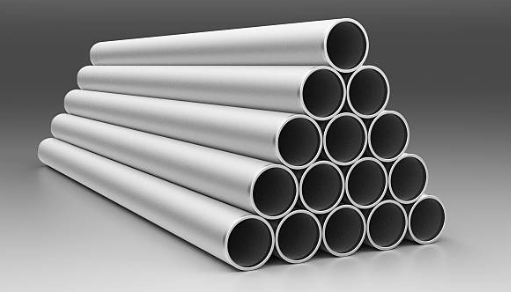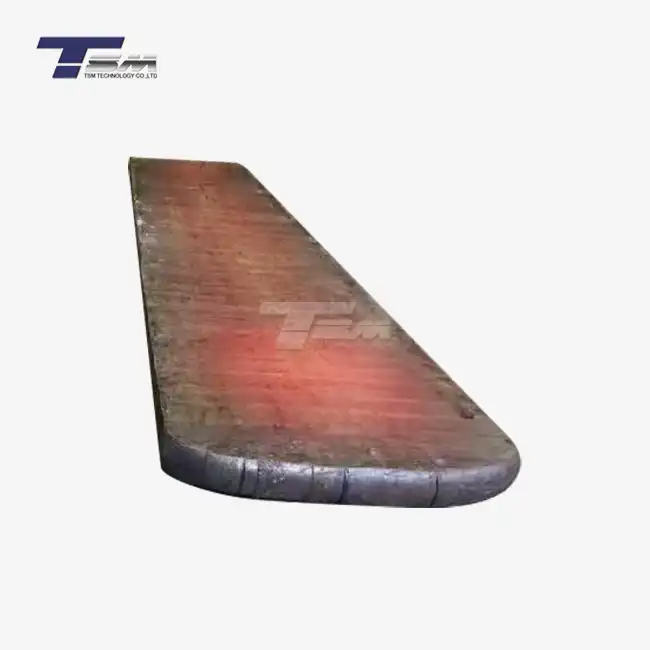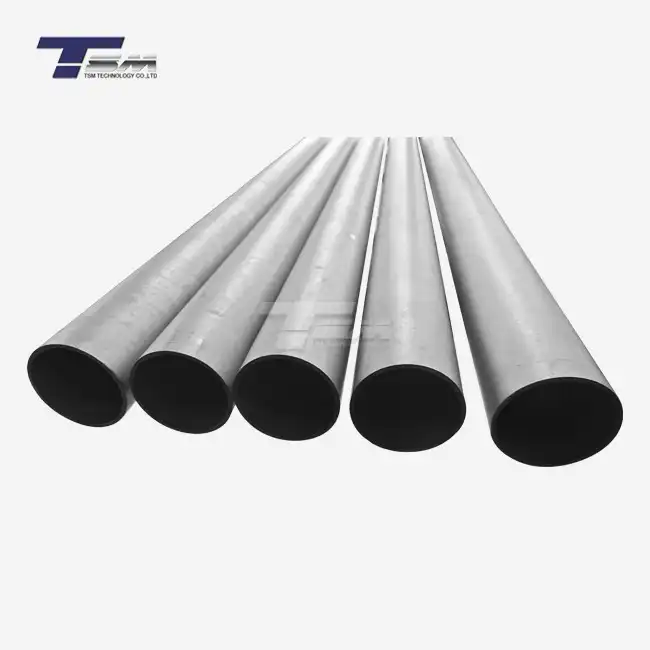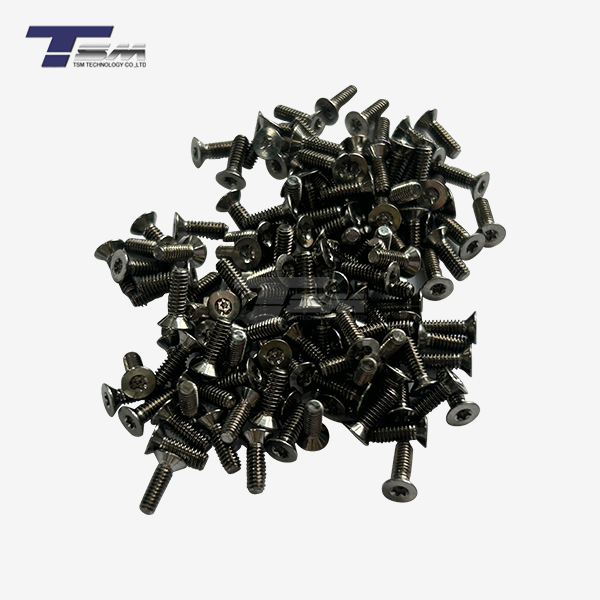- English
- French
- German
- Portuguese
- Spanish
- Russian
- Japanese
- Korean
- Arabic
- Greek
- German
- Turkish
- Italian
- Danish
- Romanian
- Indonesian
- Czech
- Afrikaans
- Swedish
- Polish
- Basque
- Catalan
- Esperanto
- Hindi
- Lao
- Albanian
- Amharic
- Armenian
- Azerbaijani
- Belarusian
- Bengali
- Bosnian
- Bulgarian
- Cebuano
- Chichewa
- Corsican
- Croatian
- Dutch
- Estonian
- Filipino
- Finnish
- Frisian
- Galician
- Georgian
- Gujarati
- Haitian
- Hausa
- Hawaiian
- Hebrew
- Hmong
- Hungarian
- Icelandic
- Igbo
- Javanese
- Kannada
- Kazakh
- Khmer
- Kurdish
- Kyrgyz
- Latin
- Latvian
- Lithuanian
- Luxembou..
- Macedonian
- Malagasy
- Malay
- Malayalam
- Maltese
- Maori
- Marathi
- Mongolian
- Burmese
- Nepali
- Norwegian
- Pashto
- Persian
- Punjabi
- Serbian
- Sesotho
- Sinhala
- Slovak
- Slovenian
- Somali
- Samoan
- Scots Gaelic
- Shona
- Sindhi
- Sundanese
- Swahili
- Tajik
- Tamil
- Telugu
- Thai
- Ukrainian
- Urdu
- Uzbek
- Vietnamese
- Welsh
- Xhosa
- Yiddish
- Yoruba
- Zulu
Is Monel 400 Tube Better Than Stainless Steel?
When it comes to selecting materials for demanding industrial applications, the choice between Monel 400 tube and stainless steel is not always straightforward. While both materials offer excellent corrosion resistance and durability, Monel 400 tube often outperforms stainless steel in specific environments. Monel 400, a nickel-copper alloy, exhibits superior resistance to seawater and reducing acids, making it an ideal choice for marine and chemical processing applications. Its exceptional strength and thermal stability at high temperatures also give it an edge over many stainless steel grades. However, the superiority of Monel 400 tubing is context-dependent, as stainless steel may be more suitable and cost-effective in less corrosive environments or where specific mechanical properties are required.
Comparative Analysis of Monel 400 Tube and Stainless Steel
Corrosion Resistance Properties
Monel 400 tube boasts exceptional corrosion resistance, particularly in harsh marine environments and when exposed to reducing acids. Its nickel-copper composition allows it to withstand chloride-induced stress corrosion cracking, a common issue with many stainless steel grades. In seawater applications, Monel 400 piping demonstrates remarkable longevity, often outlasting stainless steel counterparts.

Stainless steel, while generally corrosion-resistant, may struggle in highly chlorinated or acidic environments. However, certain grades like 316L offer improved performance in these conditions. The choice between Monel and stainless steel often depends on the specific corrosive agents present in the application environment.
Mechanical Strength and Durability
Monel 400 tubing exhibits high tensile strength and excellent ductility, making it suitable for applications requiring both strength and formability. Its work-hardening characteristics contribute to its durability, allowing it to maintain structural integrity under stress.
Stainless steel, depending on the grade, can offer comparable or even superior strength in certain applications. Austenitic stainless steels like 304 and 316 provide a good balance of strength and corrosion resistance, while duplex grades offer even higher strength-to-weight ratios.
Temperature Performance
One area where Monel 400 pipe truly shines is its performance at extreme temperatures. It maintains its mechanical properties and corrosion resistance from cryogenic temperatures up to about 540°C (1000°F). This makes Monel 400 an excellent choice for high-temperature applications in chemical processing and oil refining industries.
While some stainless steel grades perform well at high temperatures, they may not match the broad temperature range capabilities of Monel 400. However, certain high-temperature stainless steel alloys are specifically designed for extreme heat applications and may be more suitable in specific scenarios.
Applications and Industry-specific Advantages of Monel 400 Tubing
Marine and Offshore Applications
In marine environments, Monel 400 tube is often the material of choice due to its exceptional resistance to seawater corrosion. It's commonly used in shipbuilding, offshore oil platforms, and desalination plants. The alloy's ability to withstand chloride-induced stress corrosion cracking makes it invaluable in these applications, where failure could lead to catastrophic consequences.
Monel tubing is frequently employed in seawater cooling systems, valve components, and pump shafts, where its combination of strength and corrosion resistance ensures long-term reliability. Its resistance to marine biofouling also contributes to reduced maintenance costs in marine applications.
Chemical Processing Industry
In chemical processing, Monel 400 pipe finds extensive use due to its resistance to a wide range of corrosive chemicals. It performs exceptionally well in handling fluorinated compounds, sulfuric acid, and hydrofluoric acid, making it a go-to material for heat exchangers, reaction vessels, and piping systems in chemical plants.
The alloy's ability to maintain its properties at high temperatures also makes it suitable for processes involving hot corrosive gases. In these environments, Monel 400 often outperforms stainless steel, offering longer service life and reduced downtime for maintenance.
Oil and Gas Industry
The oil and gas sector leverages Monel 400 tubing in various applications, particularly in sour gas environments where hydrogen sulfide is present. Its resistance to sulfide stress cracking makes it an excellent choice for wellhead components, valves, and piping systems in oil refineries.
Monel 400's combination of strength and corrosion resistance also makes it suitable for subsea applications, where it can withstand the harsh conditions of deep-sea oil and gas extraction. In these scenarios, the long-term reliability of Monel 400 often justifies its higher initial cost compared to some stainless steel options.
Economic Considerations and Long-term Value
Initial Cost vs. Lifecycle Expense
When comparing Monel 400 tube to stainless steel, it's crucial to consider both the initial investment and long-term costs. Monel 400 typically commands a higher upfront price due to its nickel content. However, its extended service life and reduced maintenance requirements often result in lower lifecycle costs, especially in corrosive environments where stainless steel might require frequent replacement.
In less demanding applications, the lower initial cost of stainless steel may make it a more economical choice. The decision between Monel and stainless steel should be based on a thorough analysis of the specific application requirements and expected service life.
Maintenance and Replacement Frequency
Monel 400 piping generally requires less frequent maintenance and replacement compared to many stainless steel grades, particularly in harsh environments. Its superior corrosion resistance translates to fewer instances of pitting, stress corrosion cracking, and general degradation, leading to reduced downtime and lower maintenance costs over time.
While high-quality stainless steel can also offer excellent durability, it may require more frequent inspections and potential replacements in certain corrosive environments. The choice between Monel and stainless steel should consider the potential impact of material failure on overall operations and safety.
Performance in Specific Operating Conditions
The economic value of choosing Monel 400 tubing over stainless steel is most apparent in applications where its unique properties offer significant advantages. In marine environments, chemical processing plants, and high-temperature operations, the performance benefits of Monel 400 often outweigh its higher initial cost.
Conversely, in less demanding environments or where specific stainless steel grades are known to perform adequately, the additional expense of Monel 400 may not be justified. A thorough understanding of the operating conditions and potential risks is essential for making an economically sound material selection.
Conclusion
The question of whether Monel 400 tube is better than stainless steel doesn't have a one-size-fits-all answer. While Monel 400 offers superior performance in many challenging environments, particularly those involving seawater, corrosive chemicals, and high temperatures, stainless steel remains a versatile and cost-effective option for a wide range of applications. The choice between these materials should be based on a careful analysis of the specific operating conditions, long-term economic considerations, and performance requirements of each application. By understanding the unique properties and advantages of both Monel 400 and stainless steel, engineers and project managers can make informed decisions that optimize performance, durability, and cost-effectiveness in their industrial systems.
Contact Us
For more information about Monel 400 tube and other superior alloy products, please contact TSM Technology Co., Ltd. at info@tsm-technology.com. Our team of experts is ready to assist you in selecting the best materials for your specific applications.
References
Smith, J. A. (2019). "Corrosion Resistance of Nickel-Copper Alloys in Marine Environments." Journal of Materials Engineering and Performance, 28(4), 2145-2156.
Johnson, R. B., & Thompson, L. K. (2020). "Comparative Study of Monel 400 and 316L Stainless Steel in Chemical Processing Applications." Corrosion Science, 162, 108712.
Brown, E. M. (2018). "High-Temperature Performance of Nickel Alloys in the Oil and Gas Industry." Materials Science and Technology, 34(15), 1879-1890.
Davis, C. L., & Wilson, P. R. (2021). "Economic Analysis of Material Selection for Marine Heat Exchangers." International Journal of Naval Architecture and Ocean Engineering, 13(1), 64-75.
Lee, S. H., & Park, J. Y. (2017). "Stress Corrosion Cracking Behavior of Monel 400 and Austenitic Stainless Steels in Chloride-Containing Environments." Metals and Materials International, 23(5), 1003-1013.
Anderson, K. F., & Miller, G. T. (2022). "Long-Term Performance Evaluation of Nickel-Copper Alloys in Offshore Oil and Gas Applications." Offshore Technology Conference Proceedings, OTC-32456-MS.
Learn about our latest products and discounts through SMS or email


_1739072401467.webp)
